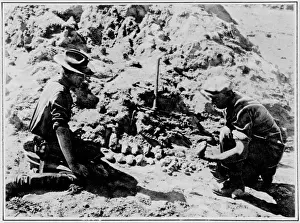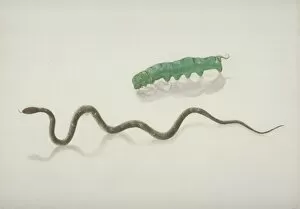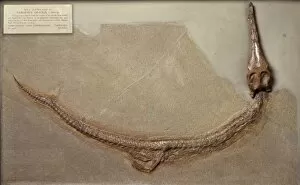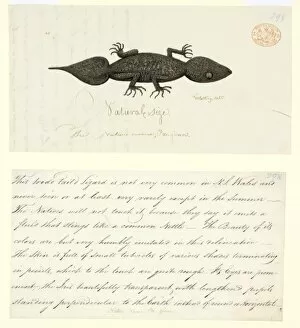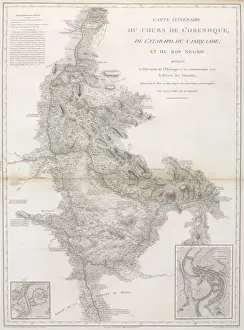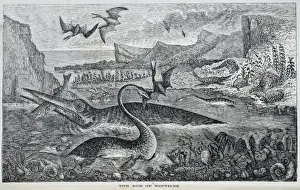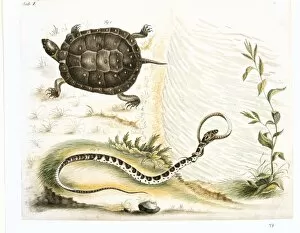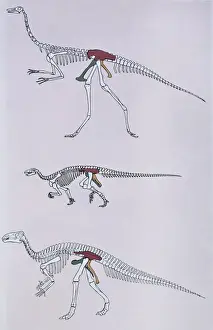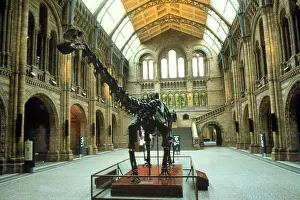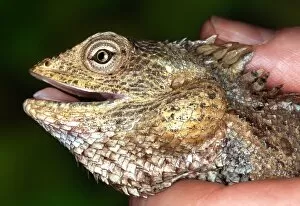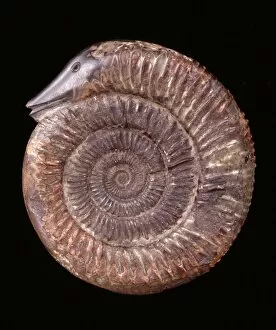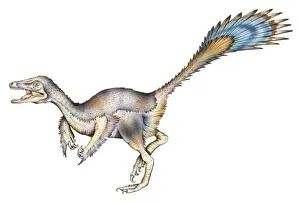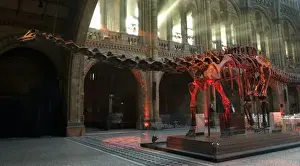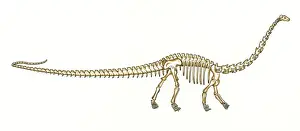Diapsid Collection (page 9)
Step into a world of prehistoric wonders with diapsids
All Professionally Made to Order for Quick Shipping
Step into a world of prehistoric wonders with diapsids. This captivating caption takes you on a journey through time, exploring the fascinating creatures that once roamed our planet. Awful changes come to life in this whimsical cartoon, where ancient marine reptiles like Ichthyosaurus and Plesiosaurus swim gracefully through an imaginary sea. Triceratops stands tall, showcasing its majestic horns and armored body. As you explore further, don't forget to take something home with you from the Natural History Shop. Whether it's a fossil replica or a dinosaur-themed trinket, these treasures will keep your love for diapsids alive. Immerse yourself in a fantasy illustration featuring mesmerizing marine reptiles like Plesiosaurus gliding effortlessly through crystal-clear waters. The scene is straight out of your wildest imagination. Crystal Palace Dinosaur Models bring back the magic of these ancient beings as Iguanodon and Hylaeosaurus grace us with their presence. These lifelike replicas transport us back millions of years. Witness the breathtaking flight of Ichthyosaurr, Plesiosaurus, and Pterodactylus in an awe-inspiring display at Crystal Palace Park. Their graceful movements against the backdrop of lush greenery create an unforgettable spectacle. Travel back in time to Wealden Times as scenes from this era unfold before your eyes. From towering trees to hidden lakes teeming with life, every detail transports you to another world. Discover Archaeopteryx - nature's masterpiece blending bird-like features with dinosaur characteristics. This remarkable creature bridges the gap between two worlds and showcases evolution at its finest. The Wealden period comes alive again through meticulous restorations at Crystal Palace Park. Step into this enchanting realm where dinosaurs roam freely amidst stunning landscapes that capture their true essence. Let your imagination soar as diapsids reignite your passion for all things prehistoric.


